Protection Solutions
Defensive Barriers

Bullet Resisting Armor Plate
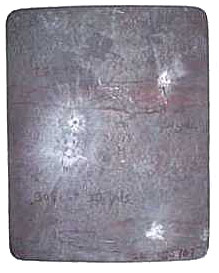
Bullet resisting armor plate is designed to protect personnel and property from direct arms fire by resisting penetration by bullets or other ballistic projectiles. SecurMAR supplies armor plate that meets bullet resisting requirements of UL 752 and NIJ 0108.01 up to .30 cal AP. Characteristics of the ballistic steel include exceptional ballistic performance, excellent weld ability, and superior formability.
Typical Applications:
- Guard Buildings
- Nuclear Power Plants
- Ballistic Shields
- Communication Equipment Shelters
- Government Buildings
- Rifle and Pistol Range Backstops, Bullet Traps, Targets

Ballistic Defensive Positions
The concept of the defensive armor barrier is to provide a ballistic steel shield to protect security officers who are deployed to return fire against a physical assault. The barrier is either fixed or hinged to an adjacent wall. Security personnel can return fire through gunport openings that may include sliding or hinged covers. These ballistic defensive positions are typically constructed of armor plate that defeats both 7.62 mm military weapons and .30 cal AP.
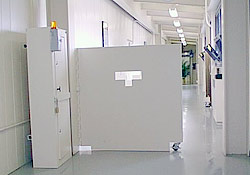
Defensive Position - Indoors
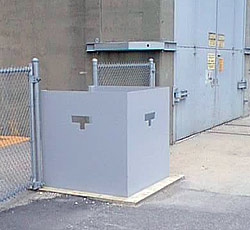
Defensive Position - Outdoors
Typical Applications:
- Nuclear Power Plants
- Industrial Complexes
- Military Bases

Delay Barriers
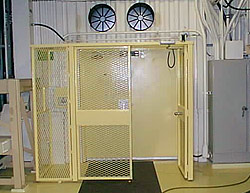
A key aspect of every security strategy is the ability to delay an intruder from accessing the target before a response can be successfully deployed. To impede an intruder, a number of delay barriers and defensive positions can be installed. Delay barriers constructed of expanded metal and reinforced hardware add seconds to an intruder’s timeline as well as expose the intruder to defensive position fire while trying to penetrate the barrier.
Typical Applications:
- Nuclear Power Plants
- Industrial Complexes
- Military Bases

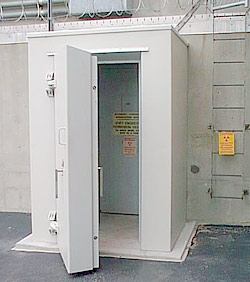
Penetration Resisting Doors
Penetration resisting doors cannot be opened from the exterior once securely bolted from the inside. These doors are designed to resist both hand tool penetration techniques as well as explosive charges. These doors are key to a defensive strategy by adding considerable time to a potential intruder’s assault on a facility. The doors are constructed of steel, reinforced concrete or a combination of materials. Special locking and hinging hardware are designed to resist most penetration efforts.
Typical Applications:
- Nuclear Power Plants
- Industrial Complexes
- Military Bases